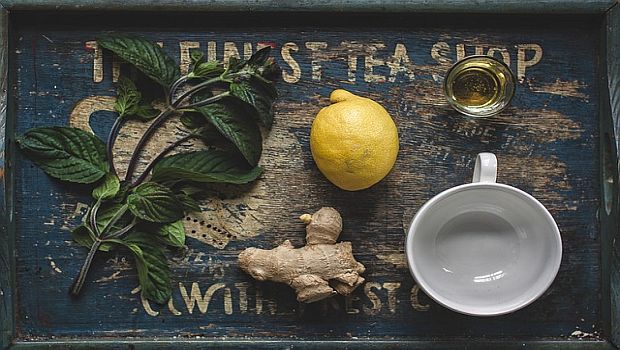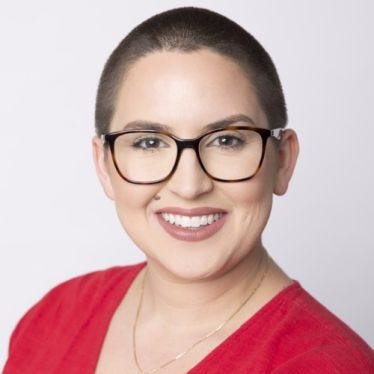“Free-from" is among the latest food trends hitting the shelves, and according to data from Mintel, the reasons consumers seek free-from foods are among the same reason consumers seek clean-label foods: they think they’re healthier and they perceive products with fewer ingredients as healthier.
September 4, 2015

“Free-from" is among the latest food trends hitting the shelves, and according to data from Mintel, the reasons consumers seek free-from foods are among the same reason consumers seek clean-label foods: they think they’re healthier and they perceive products with fewer ingredients as healthier.
According to the new report, “Free-from Food Trends – US – May 2015," from Mintel, 84 percent of American free-from consumers buy free-from foods because they are seeking more natural (i.e., “less processed"). In fact, 43 percent of consumers agree that free-from foods are healthier than foods without a free-from claim, while another three in five believe the fewer ingredients a product has, the healthier it is (59 percent).
Interestingly, only 37 percent of consumers overall agree that products with free-from claims are worth paying more for.
Consumers find some free-from claims more important than other. Among the top claims consumers find most important are: trans fat-free (78 percent); preservative-free (71 percent); GMO-free (58 percent); and sodium free (57 percent).
GMOs, in particular, are something consumers are on the lookout for. Thirty-five percent of Americans consider GMO-free one of their top three most important claims. In fact, interest in GMO-free foods (37 percent) among all consumers outweighs interest in foods free of soy (22 percent), nuts/peanuts (20 percent) and eggs (17 percent). (For tips on how to develop products without GMO ingredients, read the article, “Removing GMOs," by Kate Lloyd.)
According to Billy Roberts, senior food and drink analyst at Mintel, health concerns could be a factor driving consumer interest in free-from products. “Health issues appear to be top of mind among US consumers when seeking products bearing a free-from claim, including those related to heart health and allergies," he said.
Not surprisingly, Millenials (60 percent) are a key demographic showing concern as to whether a product contains harmful ingredients, along with Gen X (55 percent). Both demographics are more likely than Baby Boomers (46 percent) to agree that they worry about potentially harmful ingredients.
For some consumers, motivation to buy free-from foods stems from concern for the planet. Cage-free and free-range claims are important to 43 percent of free-from consumers, with one-quarter (23 percent) ranking it as one of their top three most important free-from claims. When comparing consumer views of free-from claims with environmental impact to claims such as trans fat-free (78 percent), environmental claims carry much less weight.
One category that could benefit from a free-from label is the snack sector. Mintel reports that consumers associate snack products with ingredients such as GMOs and artificial elements. In fact, nearly half of Americans (46 percent) agree that snacks typically include controversial ingredients compared to other food categories.
The research shows snack manufacturers may already be taking action. Nearly one-quarter of snack product launches in 2014 included no additives/preservatives (23 percent), low/no/reduced allergen (25 percent) and/or low/no/reduced trans fat (21 percent) claims, according to Mintel GNPD.
About the Author(s)
You May Also Like






.png?width=800&auto=webp&quality=80&disable=upscale)